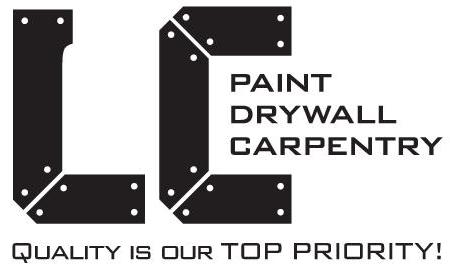The Importance of Drywall Sanding
Your interior walls are most likely drywall. You might decide to use a flat paint or install tiles to decorate them. Every wall décor idea is welcomed but in order not to be challenging, the overall drywall installation should be done right. This includes sanding drywall properly too. If not, imperfections will either show under the flat residential painting or keep you from installing tiles.
Wet and Dry Drywall Sanding
During the finishing phase, the drywall contractors apply joint compound to cover interior angles, joints, nicks, scratches and any imperfection. Let me just pause for a second to pinpoint that there are 5 drywall finish levels. But here we are talking about main interior walls, which need to be finished to hide imperfections. And so drywall companies use level 3, 4, or 5 to finish drywall.
With that said, let’s jump back to sanding. When cracks or joints are covered with compound, the area must be sanded so that there will be no uneven levels when the job is done. Sometimes, sanding needs special attention since some depressions are hard to smoothen without scratching the surface. And such scratches might show under a thin layer of gloss or flat paint. So there are fine and grit sandpaper for you to choose. But there are also two different drywall sanding methods:
Dry Drywall Sanding
This is no other than the typical method of using a sander to smoothen the uneven parts created by the application of joint compound on drywall. It’s actually a messy job since it leaves behind dust and requires lots of patience since it must be done with caution for the avoidance of scratching the surface. The secret is to use the right sander (fine or grit) and put even pressure preferably in circular movements. Naturally, the joint compound must be dry before you sand.
Wet Drywall Sanding
The advantage of wet drywall sanding is that it leaves no dust behind and thus demands nearly no cleanup later. In this context, it’s better than its rival – dry sanding. The disadvantage? The results won’t be the same. It’s easy to imagine the difference if you consider the tool used here: a sponge. This is a special polyurethane sponge of course that resembles carpet padding. But if you want to slightly sand, a simple cloth will also do. All you need to do is wet the sponge, squeeze excess water so that it won’t drip, and sand. This method is preferable when you opt for heavy drywall texture or plan to cover with tiles, wainscoting, and wallpaper. It’s not the right method if you want to apply a gloss, flat or semi-gloss paint because the imperfection will be photographed.
Be Prepared for Drywall Repair and Sanding
Don’t forget that drywall holes and cracks are common problems. It takes a few frame pictures to create some nail holes here and there. Such imperfections demand drywall repair when you decide to remodel the living room or redecorate your dining room walls. Once more, you will need compound to fill the holes and cracks and then you must sand in order to smoothen the area before you paint it.
Overall, sanding perfects the drywall finishing endeavors since it leaves the surface smooth and ready for the final decoration. But beware how you dry sand and which method to use since one method is recommended for light work and no high expectations and the other entails the danger of ruining the paper fascia.

